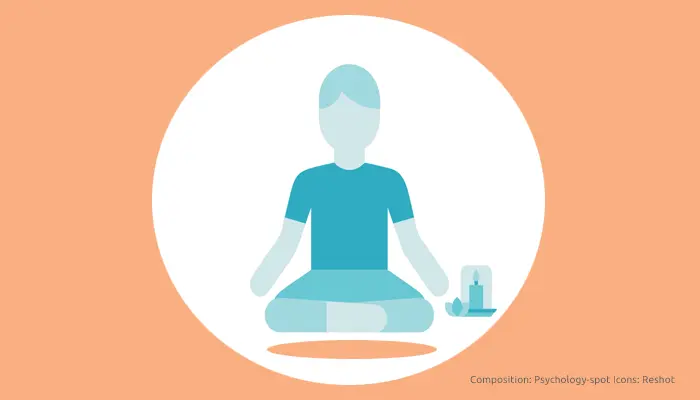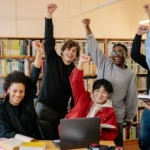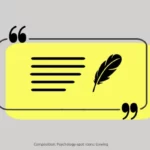
This technique was developed at the beginning of the 20th century by Edmund Jacobson, a medical doctor who also practiced psychiatry and psychology. Currently, it could be said that this technique is one of the most used among therapists in order to create a state of mental and physical relaxation. In addition, in my clinical experience, I consider it to be one of the most simple ways people can use to relax on their own, and in doing so obtain excellent results.
This technique is based on the idea that our mental and emotional states affectlevels of muscular response, which in doing so illustrates the relationship between our muscles, our thinking, and our emotions.
Progressive Relaxation turns out to be especially useful for sleep disorders, since it can easily produce a deep sense of muscluar relaxation, which is essential for falling asleep. In addition, it is recommended to relieve the stress of daily life and to control anger and aggression.
The essence of the technique consists of tensing certain parts of the body and then immediately relaxing them. Paying attention to the sensations of tension followed by relaxation helps a person experience a pleasant sense of well-being which carries over into their emotional and mental state.
It is very important to really feel these sensations. It’s not just about tensing and relaxing, but rather learning how to become deeply aware of the sense of contraction and release that are produced during these movements. And in order to make this technique even more powerful, many therapists give their clients phrases that help them mentally relax.
Before beginning to explain this technique, we should take in account the minimum requirements: it can be carried out in any comfortable seated position, but for the first few times we try it, it is better to be laying down somewhere comfortable, where we know we won’t be interrupted. At the same time, it is important to take care that our clothing is not too tight, because it might end up bothering or distracting us.
During the practice, we should try to make an effort to say the phrases we are using to guide ourselves in a steady and rhythmic manner to insure that our mind is completely focused on whatever phrasing we might have chosen to tell ourselves.
Furthermore, we shouldn’t put too much pressure on ourselves the first few times of we do this technique, since it’s safe to say that it’s a learning process that takes time, with mastery coming as we gain more experience.
So, now we can jump in and get started with these simple steps:
1. Find a comfortable position for your body, with your arms extended along your sides. Bit by bit you will start relaxing different groups of muscles, following the instructions below.
2. Start breathing deeply, slow and steady. Take in the air through your nose and then release it slowly through your mouth. Keep this rhythm going for about two mintues before getting started with the progressive muscle relaxation.
3. Focus on your feet. Tense them for about 20 or 30 seconds while imagining that all of the tension in your body is now located there. Mentally tell yourself, “All of the tension in my body is located in my feet,” and repeat this phrase during the time when you are tensing these muscles.
4. Now slowly release the tension in your feet. Very slowly, in such a way that it will take you 20 to 30 seconds to fully relax these muscles. While you are releasing the tension in this group of muscles, you should mentally be repeating the sentence, “ I feel how all of the tension in my body is leaving through my feet,” which you can alternate with the phrase, “My feet are feeling very light.”
5. Once you have relaxed these muscles, you should move your focus to your thighs. The procedure is the same: Contract them while saying to yourself, “All of the tension in my body is located in my thighs,” and then relax them while alternating “I can feel all of the tension of my body leaving through my thighs,” along with the phrase “My legs and thighs feel very light.”
In this way slowly go through the following muscle groups: Your abdomen, hands, forearms, shoulders, neck, and facial muscles, paying extra-special attention to the space between your eyebrows. Why pay special attention there? Because once we have relaxed our entire body the last remains of tension often hide out in the space between our eyebrows. In addition, normally our shoulders and space between our eyebrows are the places most likely for stress to accumulate in the first place, which is why it is important to spend more time relaxing the muscles in these areas.
The times suggested for doing this technique are merely suggestions. With practice, each person will discover the amount of time just right for them in order to relax each group of muscles.
6. Once completely free of tension, a person can give themselves messages such as, “I am totally relaxed,” “Nothing is bothering me,” “I am confident in myself,” “I have self-control.”
Practicing this technique before going to sleep is particularly relaxing and I dare say that it is very effective against insomnia 80% of the time. But of course it can also be practiced any point during the day. Because of its systematic nature, eventuallyit will take less and less time for you to move throughthe different muscle groups, although occasionally, and depending on the amount of stress you’re dealing with, it couldbe that the time it takes you to achieve full relaxation will vary.



